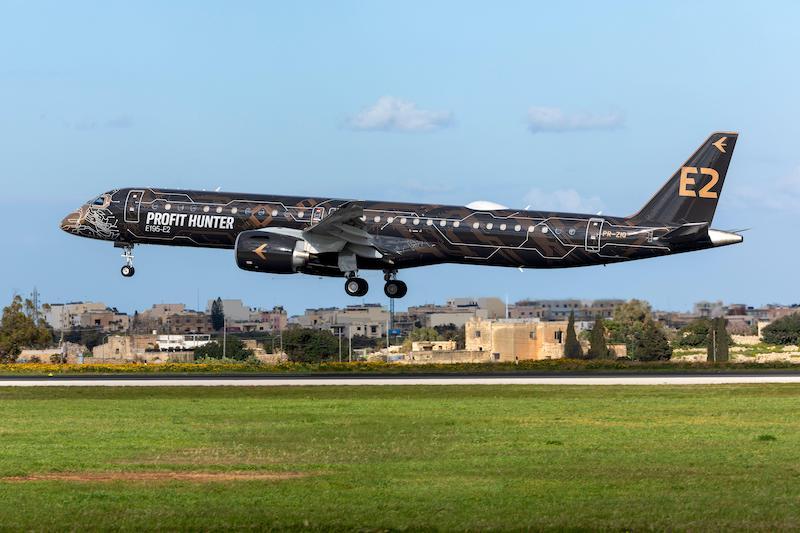
Embraer E195-E2
Credit: Gordon Zammit/Alamy Stock Photo
Embraer has waited patiently for its chance in China ... very patiently. Back in 2011 at the Beijing Airshow, then-Embraer China President Guan Dongyuan said, “We have full confidence that Embraer’s commercial jets, with versatile business models and right-sized seat capability, will satisfy the...
Subscription Required
This content requires a subscription to one of the Aviation Week Intelligence Network (AWIN) bundles.
Schedule a demo today to find out how you can access this content and similar content related to your area of the global aviation industry.
Already an AWIN subscriber? Login
Did you know? Aviation Week has won top honors multiple times in the Jesse H. Neal National Business Journalism Awards, the business-to-business media equivalent of the Pulitzer Prizes.





